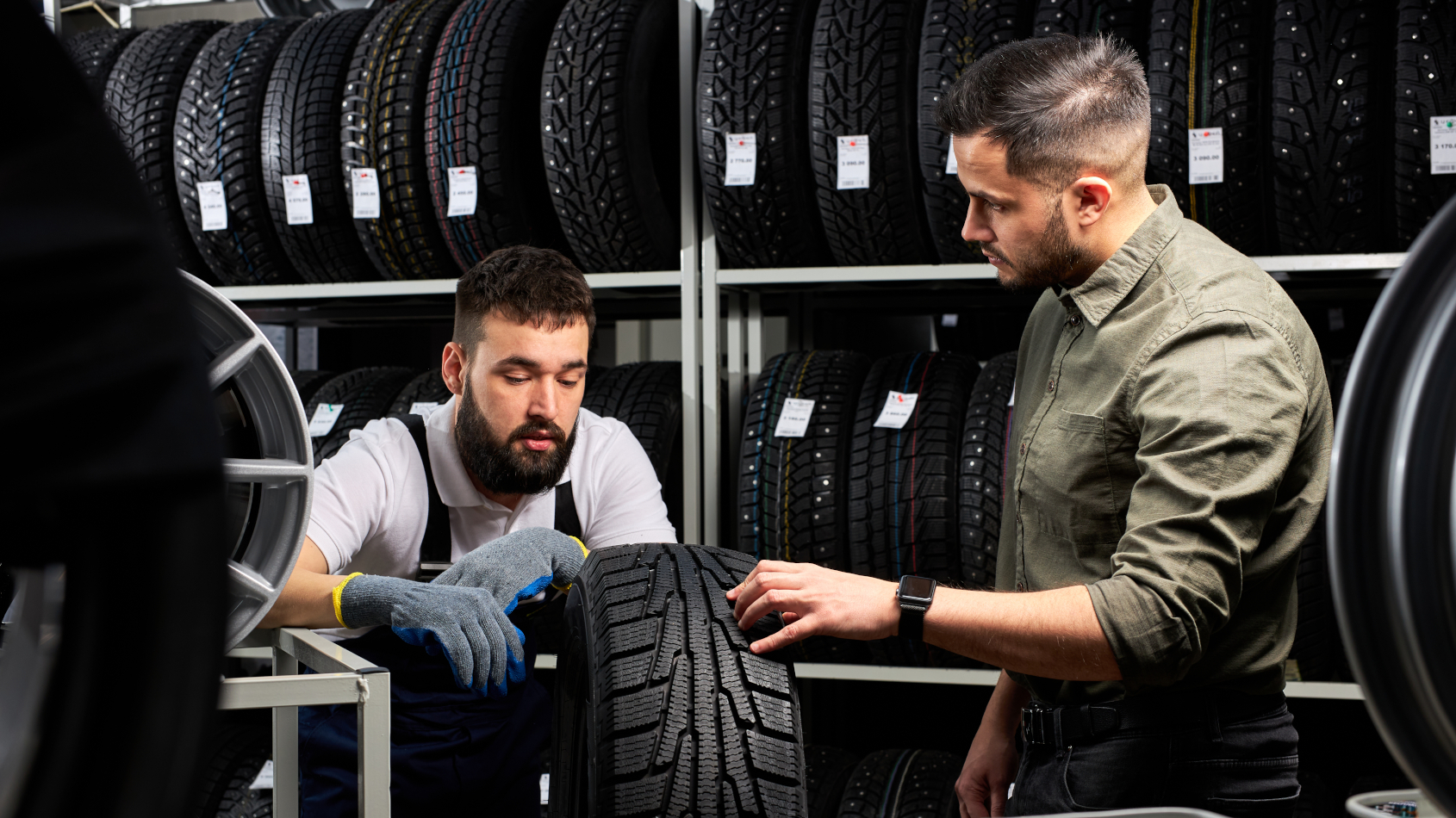COMMENTARY: Redefining the automotive service visit

By subscribing, you agree to receive communications from Auto Remarketing and our partners in accordance with our Privacy Policy. We may share your information with select partners and sponsors who may contact you about their products and services. You may unsubscribe at any time.
The familiar rhythm of the traditional oil change, once a cornerstone of the automotive aftermarket, has been disrupted. For decades, customers reliably brought their cars in every 3,000 to 7,000 miles, ensuring a steady stream of revenue and creating prime opportunities for upselling services like brake inspections, fluid flushes, and tire rotations. But now, advanced in-vehicle diagnostics from original equipment manufacturers have shifted oil change intervals from simple mileage counts to sophisticated, condition-based alerts. This might be convenient for drivers, but it’s fundamentally altered the traditional cadence of aftermarket service visits.
The ripple effect of condition-based maintenance
The impact of these smart alerts is clear: a decline in service frequency. Vehicles now travel 8,000 to 12,000 miles between oil changes, resulting in fewer annual visits per vehicle and a decrease in spontaneous customer engagement.
This isn’t just about lost oil change revenue; it creates a significant revenue shortfall across the board. Fewer visits mean fewer opportunities for technicians to identify and recommend additional services, resulting in lower upsell rates for bundled maintenance and a decline in impulse sales of items such as tires, batteries, and wiper blades.
Tire inspections: The new foundation for service
To adapt, the automotive aftermarket must redefine its value. Tire inspections, particularly those that leverage digital scanning technology, offer a compelling path forward. They can effectively re-anchor routine vehicle service around tire health, providing a new foundation for customer engagement and revenue generation.
Once the tire is off the vehicle, it allows the tech to look for other wheel-based service needs like alignment, rotation, brakes, etc.
Why tire inspections make sense
This strategic shift offers several advantages. Unlike oil, tires are constantly wearing out. Their degradation is visible, measurable, and critically, directly impacts safety. This makes tire wear an ideal and frequent trigger for service engagement. Two, digital tire inspections provide objective, data-backed reports that customers can easily understand.
Subscribe to Auto Remarketing to stay informed and stay ahead.
By subscribing, you agree to receive communications from Auto Remarketing and our partners in accordance with our Privacy Policy. We may share your information with select partners and sponsors who may contact you about their products and services. You may unsubscribe at any time.
This transparency builds credibility and fosters trust, directly combating the skepticism many consumers harbor toward automotive service upsells. Tire replacements and related services — such as alignment, rotation, and balancing — typically boast higher margins than oil changes. A renewed focus here can not only replace lost revenue but also drive significant growth.
Finally, routine tire scans offer a recurring reason for customers to visit. By proactively identifying issues and educating drivers, shops can demonstrate undeniable value and keep customers engaged throughout their vehicle’s lifecycle.
Implementing a tire-centric approach
To capitalize on this opportunity, service providers should consider several key implementations. First, equip your shops with automated tools to provide fast, accurate, and consistent assessments that build consumer trust. Next, make tire inspections a standard part of every service appointment, regardless of the primary reason for the visit.
Add wheel scans to identify tire size, document rim damage, and generate additional repair opportunities. Additionally, utilize leverage platforms to automatically generate multiple price-point tire quotes, tailored to the vehicle, at the start of every visit, using your shop’s pricing. With automated inspection technology, shops can identify wheel damage (e.g., curb rash) and offer a new, growing revenue stream through repair services.
Ensure that service advisors are empowered to clearly interpret inspection data and communicate effectively, transitioning from traditional selling to a more consultative approach. Finally, emphasize the crucial safety and performance benefits of regular tire checks in all consumer-facing messaging.
In conclusion, the automotive aftermarket faces a pivotal moment. The decline of the mileage-based oil change era demands innovation. By embracing tire inspections as the new cornerstone of routine service, the industry can restore lost revenue, build consumer trust through transparency, and cultivate long-term customer loyalty. Forward-thinking service providers who seize this opportunity won’t just survive; they’ll emerge stronger, more customer-centric, and primed for future growth.
Al Nordin is the general manager of aftermarket for TraXtion, the provider of state-of-the-art optic tire diagnostic systems that have revolutionized tire management and loyalty for over a decade.


